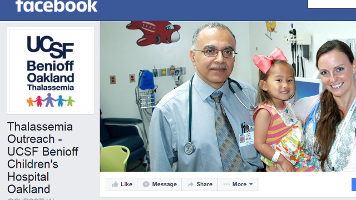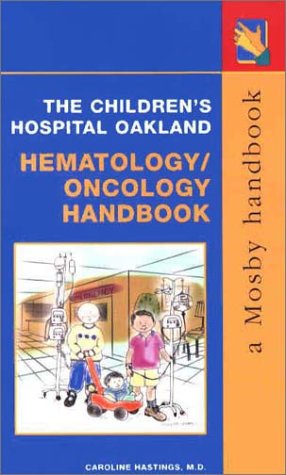SYMPTOMS
In most states, thalassemia is detected during newborn screening. Therefore, patients are assessed before becoming symptomatic.
If a patient is not diagnosed at newborn screening symptoms may include:
- Pale or jaundice pallor
- Fatigue
- Shortness of breath
- Pulmonary hypertension
- Poor growth
- Bone changes
If thalassemia is left untreated then the following may occur:
- Enlarged liver, spleen, and heart.
- Thin and brittle bones.
- Tumor masses of extramedullary erythropoietic tissue are a common complication of the nontransfused thalassemia patient.
- Severe anemia.
- Congestive heart failure.
- Premature death.
DIAGNOSIS
Prior to consideration of transfusion therapy, it is critical to confirm the patient’s diagnosis. In addition to complete blood count (CBC), hemoglobin electrophoresis is the first diagnostic test. Fractions of hemoglobin A, A2, F, H, E, and other variants are measured. Hemoglobin analysis by hemoglobin electrophoresis or high performance liquid chromatography is used. Mutations may overlap on the screening test, resulting in incorrect diagnosis or a false negative. Therefore, genetic analysis for both betathalassemia and alpha-thalassemia mutations are necessary. In addition, parents and siblings should be screened. Occasionally (up to 20 percent of the time), only a single mutation will be found that is indicative of thalassemia trait. Some such cases result from an autosomal dominant form of thalassemia and others from inheriting a mutation that is not detected by the probes utilized in the DNA testing. Alpha-gene triplication is a common co-factor that may convert a thalassemia trait to a disease or worsen a benign mutation. Testing for co-mutations needs to be requested from the DNA laboratory—otherwise, it will not be performed.
Patients with thalassemia intermedia may have exaggerated anemia due to temporary nutritional deficiencies or infectious complications. It is important to complete a detailed medical history concerning factors that may temporarily lower hemoglobin, including viral illness, marrow-suppressing medication, or exposure to environmental factors such as lead. Nutritional deficiencies in folic acid or iron may exaggerate anemia. Correcting these deficiencies may raise the hemoglobin level enough to obviate the need for transfusion.* Therefore, laboratory screening of patients is necessary to rule out other causes of anemia.
* Measurements should be taken of the G6PD level, serum ferritin, total iron-binding capacity, serum iron, and red cell folate. A brief therapeutic trial of iron (6 mg/kg/day for four to eight weeks) and folic acid (1 mg/day) are indicated if significant laboratory deficiencies are found.
Updated 10/10/2014













